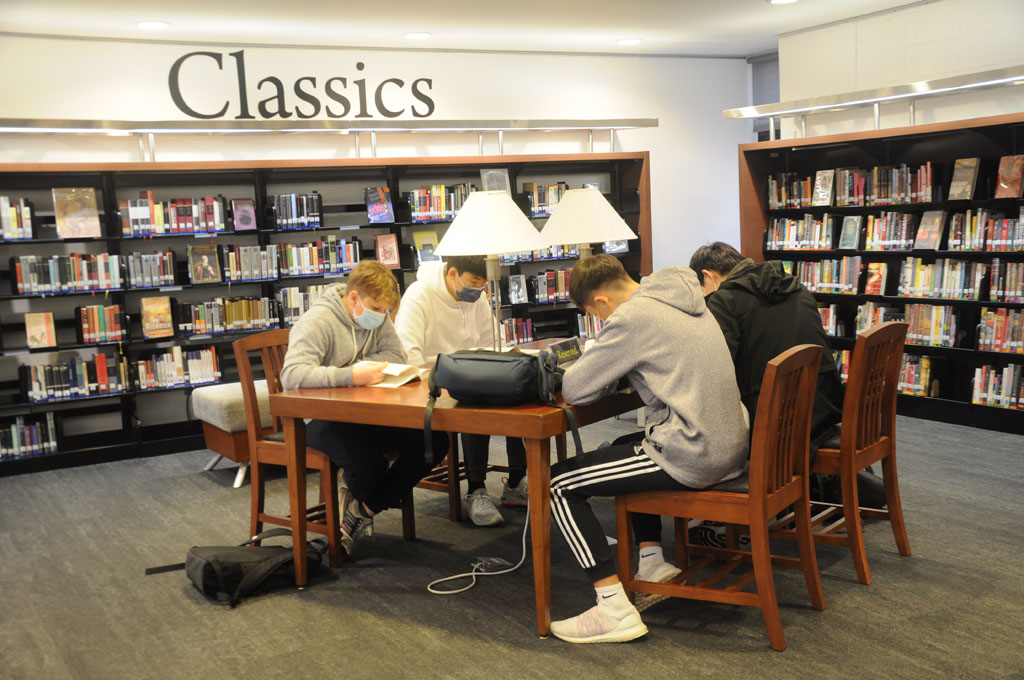Books
 Processing Request
Processing Request
Books are something you have been reading all of your life, but using them as a resource for research takes practice and a different level of understanding. Books can be used along with reference to build background knowledge for your research. In addition, however, books have the capacity to also provides in-depth information on a topic.
Back to Resource Types.
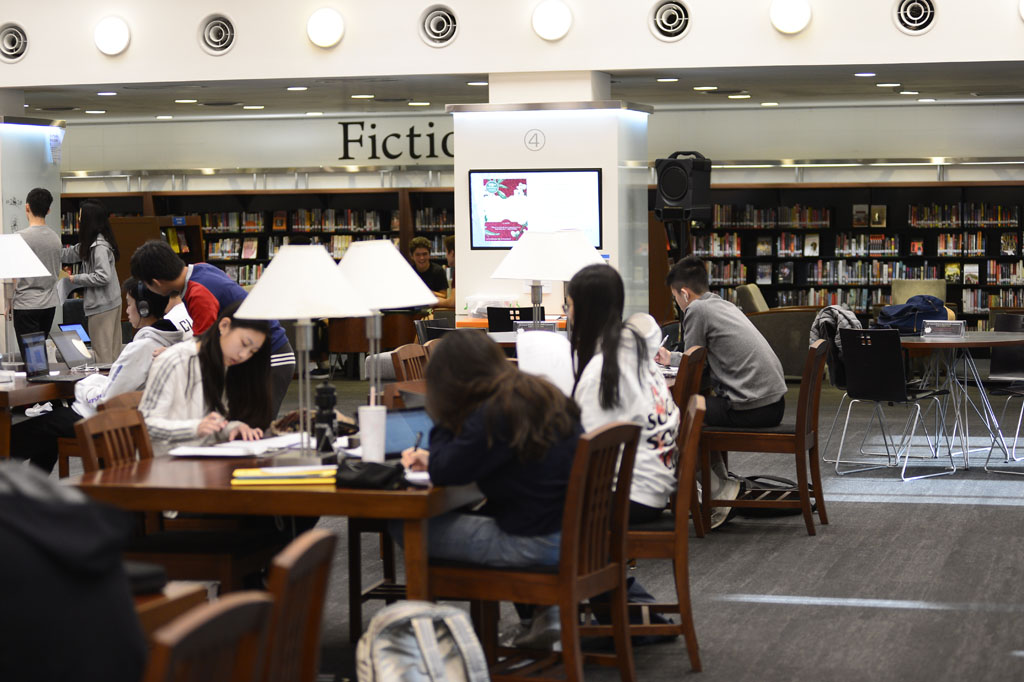
Non-Fiction vs Fiction
Non-Fiction Books: Non-fiction is writing based on fact and real events. Non-fiction writing can be objective or subjective, and it can be presented as a story, sometimes called "narrative non-fiction." When conducting research, students almost always use non-fiction books unless conducting literary research.
Fiction Books: Fiction is literature in the form of prose, especially novels, that describes imaginary characters and events. In general, fiction is read for its literary qualities or for casual, "pleasure" reading. At TAS fiction is read, analyzed, and researched extensively in English courses, but its use outside of literary studies--in history or political-science research, for instance--is quite limited. For that reason, when talking about books for research, the focus is on non-fiction books.
Print vs digital (eBooks)
Increasing numbers of eBooks are "born digital," but most eBooks for research--like those in our TAS databases and e-book collections--were originally print books, later digitized as eBooks. This means the content is exactly the same, so unless your assignment specifically requires a "print" format, your choice of print or digital book depends on where you can find the best information.

Classic Search
The most efficient way to find only books and e-books currently owned by the USIC is to use a "Classic Search." Learn more about search types here.
Locations vs Sublocations
The USIC is considered the "location" for all print books and eBooks already purchased and owned by the USIC. The physical location of each print books is considered its "sublocation" which can be found in the book's catalog record.

Note on sublocations: Only about 20% of the print books owned by the USIC are on the shelves in the USIC. The rest are in other sublocations. About 70% are in a book room located in C block below the cafeteria. The remaining 10% are on temporary loan to classrooms, department offices (hallway self checkout stations), or in a special collection (ex: the glass case in the USIC that has books by or about TAS-affiliated authors.)
eBook Links
eBooks do not have sublocations, but they do include a link or information about where to find the book or how to open the eBook.

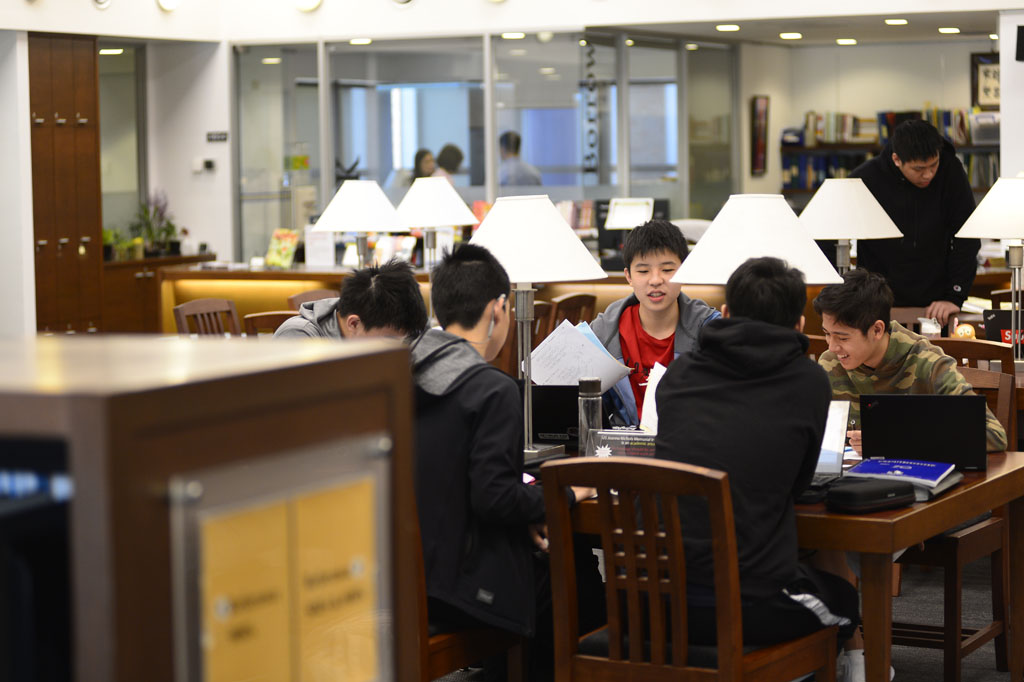
Finding and using a book for research does not mean reading the book cover-to-cover. Take advantage of some of the organizational conventions in a book to help you choose a book on your topic and then to extract information from the book.
Table of Contents: Scan the Table of Contents in the front of the book. This is a list in order of the chapters, sections, or parts of the book.
Introduction: Read the introduction to the book. An introduction provides information about what is contained in the book, but it can also tell you the assumptions by the author, the perspective the book presents, the basis for arguments in the book, conclusions made in the book, and many other insights. An introduction itself can be used as a source of information in research.
Index: Scan the index in the back of the book. Look up keywords on your topic in the index. An index is in alpahbetical (A-Z) order and tells you where information is located in the book, usually by page number. An index is also a good place to find additional keywords, alternate spellings, related topics, etc..
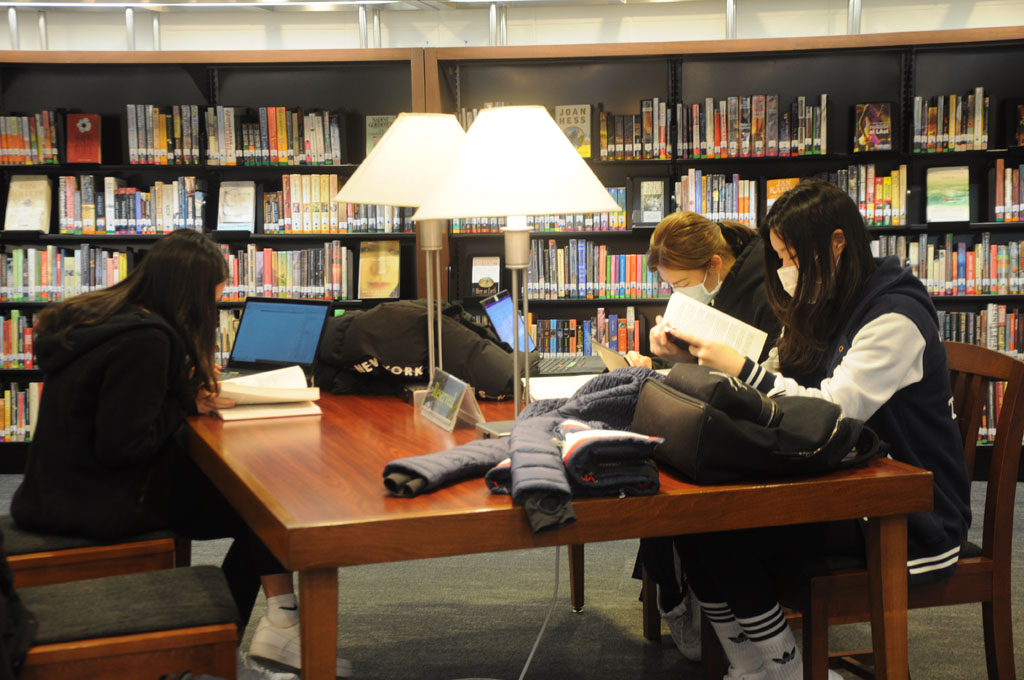
A book citation generally includes all of the following:
- Book title
- Author
- Publisher
- Place of publication
- Date of publication
eBooks must also include one of the following:
- Database name (most often used for TAS eBooks)
- Stable URL
- DOI (Digital Object identifier)
Additional elements in a book citation may include:
- Chapter or volume used.
- Editor or other contributer name.
- Edition information.
- Series information.
Note: The order, punctuation, and other format requirements for the citation depends on the citation style used.
Learn more....
![]() Where to find Book Citation Info like publisher name, date, etc. Video by Dr. Aiani, TAS
Where to find Book Citation Info like publisher name, date, etc. Video by Dr. Aiani, TAS
![]() Noodletools : Exporting a citation from EDS to Noodletools by Dr. Aiani, TAS
Noodletools : Exporting a citation from EDS to Noodletools by Dr. Aiani, TAS
 See Citation Styles Guide for more information on citing books.
See Citation Styles Guide for more information on citing books.
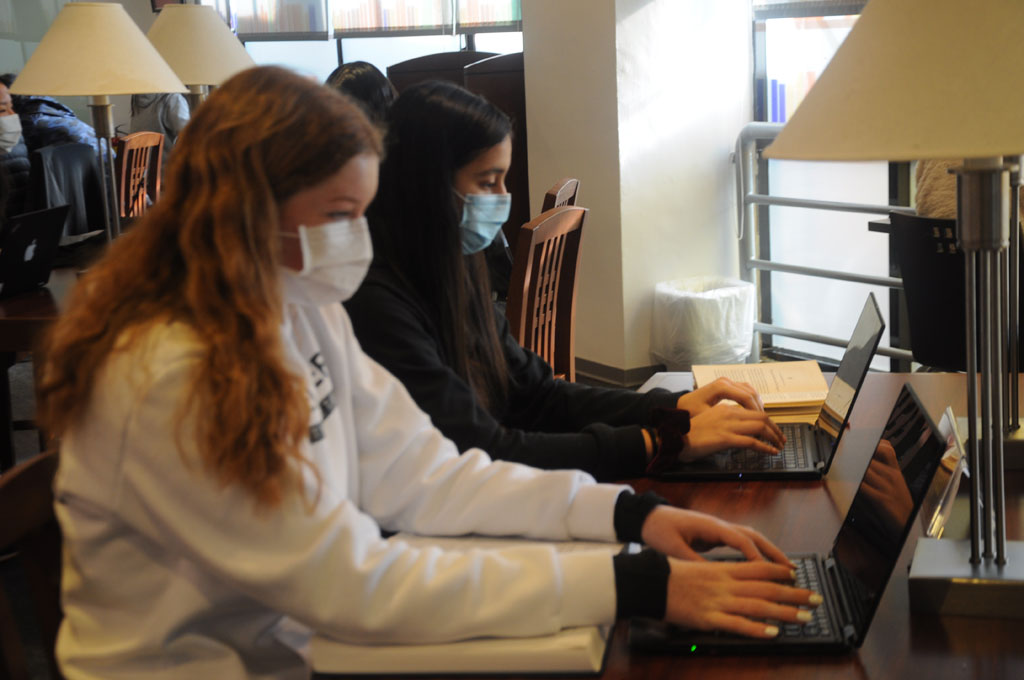
Need a Book or eBook?
The easiest way to find just books and e-books? Set the search bar above to "Classic Catalog Search." This searches only the USIC catalog.
Where are the books?
Actually, only about 20% of the books owned by the USIC are on the shelves in the USIC. The rest are in other locations. For instance, most of the books owned by the USIC are in a book room located in C block below the cafeteria. Some books are on temporary loan to classrooms, department offices (hallway self checkout stations), or in a special collection like the glass case in the USIC that has books by or about TAS-affiliated authors. To find out where the physical, print books are located, look for the sublocation in the search results.
I know the sublocation. Now what?
Unless a book is from Reference or on reserve for a class, students may check them out. If the sublocaiton is a classroom or Department hallway, go to that location and use self-checkout. If the sublocation is the Book Room, request the book here [form or Kayako] , and it will be ready at the circulation desk for you.
USIC doesn't have the Book/eBook you need?
Books and ebooks not available at the USIC Library may be requested here.
